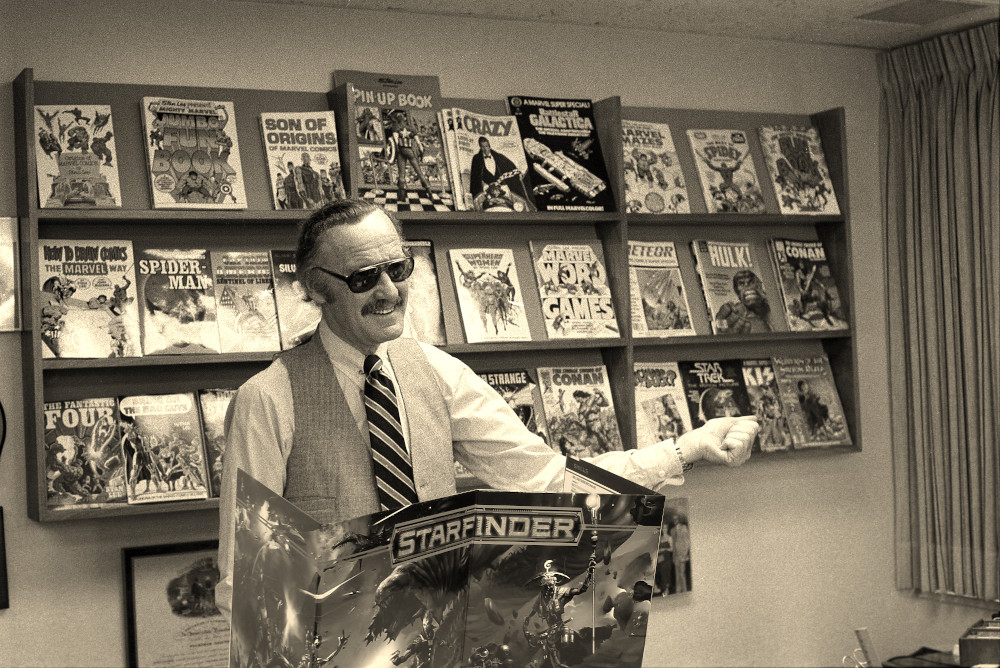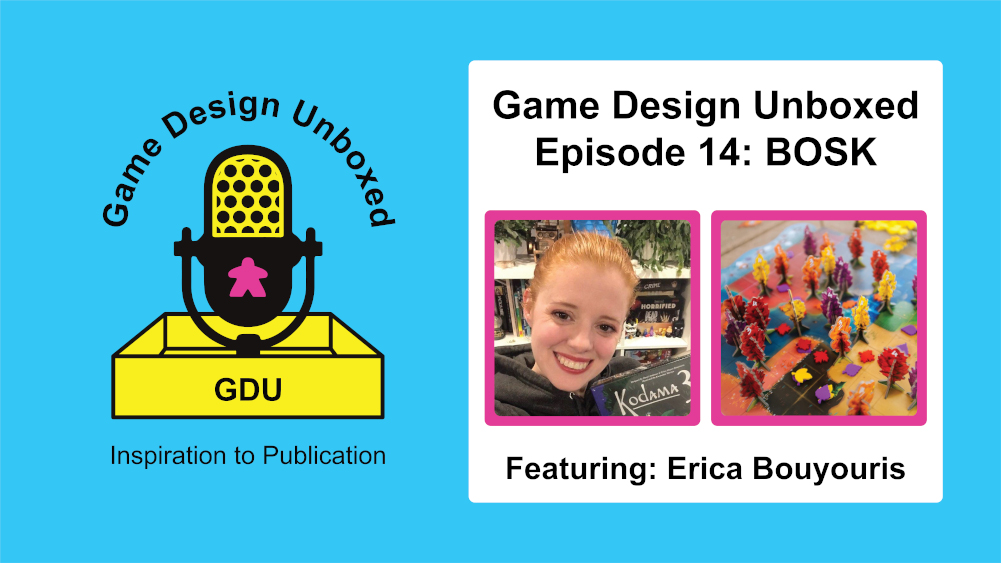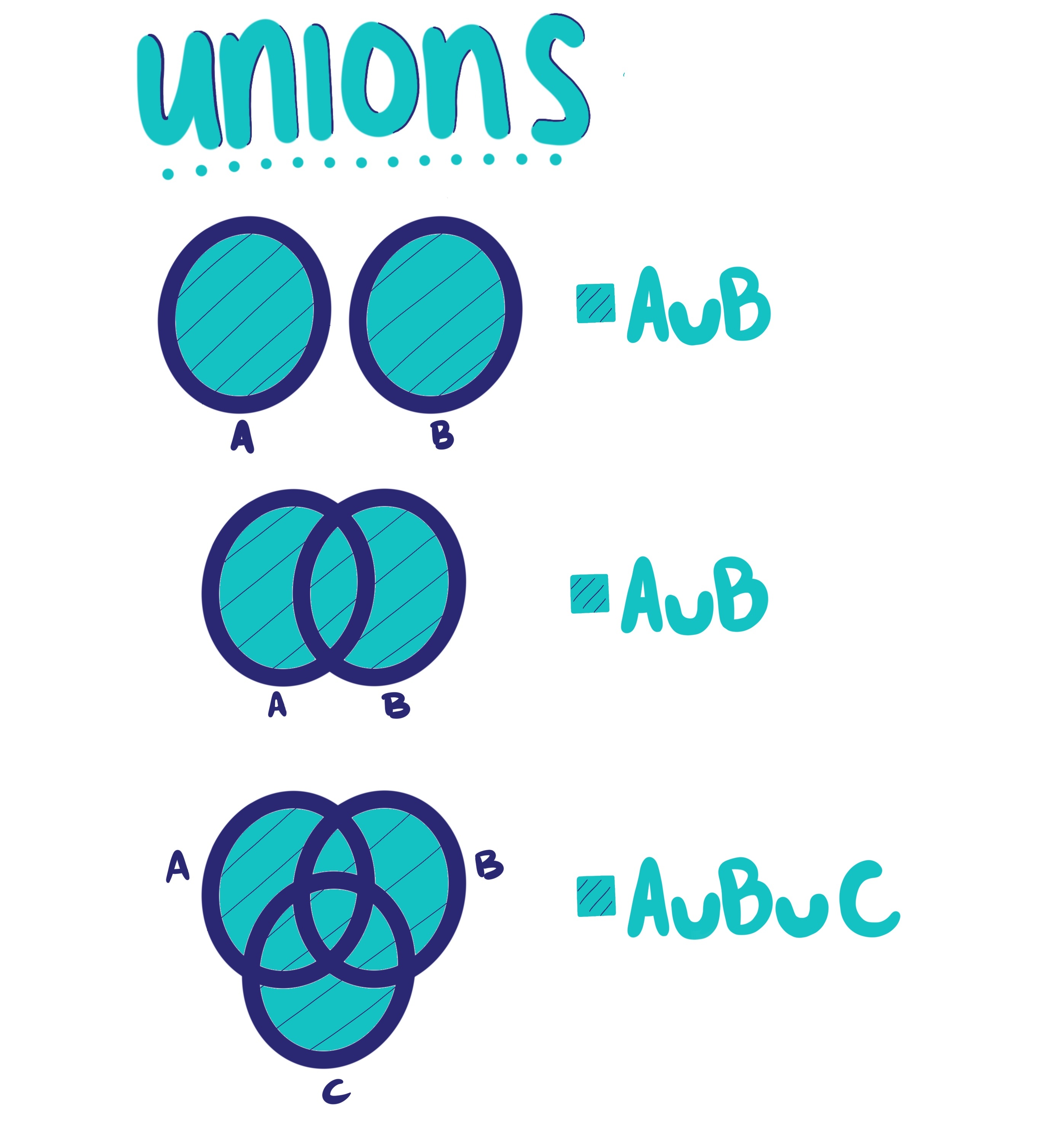In comics, Stan Lee’s writing style from the 60s became known as The Marvel Method. As Stan Lee wrote more titles, the time he had for each title diminished. Additionally, his experience in comics taught him where the visual language of artists superseded the written language. Not relevant to this topic, but it needs to be said that Stan Lee gamed the system, transferring the plotting, pacing, and any part of writing a comic that didn’t end up as words on the page over to the gradually more disgruntled artists he worked with.
Lee built The Marvel Method on the philosophy that words on the page shouldn’t describe the image on the page. That’s what the image is for. You too, my fellow GMs, can leverage the creativity of your collaborators -your players and the gaming professionals who brought the rules you use and possibly the adventure you’re running- to focus your descriptions.
Avoid Redundancy
Imagine reading a Spider-Man comic, and coming to a panel of Spider-Man punching a wall next to a dodging Doctor Octopus, accompanied by the following text box:
“Spider-Man swings his fists, missing Doctor Octopus’ bespeckled face, but shattering the brick wall his punch lands on”
The text adds nothing. As a visual medium, comic book text is part of the art, just a part we process differently. If that description had been illustrated instead of written, the page would have the same panel twice.
Conversely, tabletop RPGs are an imagination medium. Battle mats and miniatures are focus points, shortcuts for the description of scenes that take place mostly in our heads. Just like the grid fill in the blanks on tactical details like distances and terrain, the rules fill in the blanks as well.
If a player casts fireball, and you describe it as a ball of fire erupting from the ether and engulfing the enemy warriors, what is your description adding? It’s fireball. Players expect a ball of fire. The area of effect of the spell shows that it engulfs the targets.
Contextualize
“As bits of bricks fly from where Spider-Man’s fist hit the wall, Doctor Octopus thinks about a blow of that force connecting with his far more fragile skull. Spider-Man means business.”
Now you’re seeing something the picture doesn’t show: Doctor Octopus’ feelings on the situation. A reminder of the relative attacks and defenses. And insight into Spider-Man’s mood. He’s not just punching, he’s not pulling his punches.
Back to the fireball. Before you describe it, first take everything self-explanatory about a fireball out of your vocabulary. Second, assume whoever cast the spell read the spell and avoid repeating the spell’s flavour text. In this case “A roaring blast of fire appears at a spot you designate.” Third, determine how fantastic this moment needs to be.
But How?
How can you contextualize magic? I laughed in Intrepid Heroes 55 when GM Ron Lundeen described a creature in Intrepid Heroes as “describable,” but the fact is “indescribable” gets used to describe monsters and magic because the concepts are alien to our senses by design. It’s textbook escapist entertainment, as in an escape from reality where the magic we, as GMs need to describe, doesn’t exist.
Recontextualize Life Experiences
What would it be like if 600°C popped into a room for 6 seconds? Have you ever opened a stove without thinking about the heat? The rush of heat feels like a warm breeze. Your glasses fog up, or you squint. Your muscles tense.
Likewise, sitting around a firepit makes me feel like the smoke has it in for my face. But also, the dancing flames are hypnotic. Maybe I’d describe the scene to the fighter in the party as captivating, like the yellows flames are dancing with the red flames, until the fire fades, leaving behind a blackened, screaming kobold.
Think About The Mechanics
Rules tell you more than the text spells out. Targets of a fireball get a basic Reflex saving throw to avoid half or all of the damage. However, you don’t move when you make a reflex save, so anyone who succeeds avoids the blast without leaving their square, or they leave and return to their square in 6 seconds. Like the art telling the lettered how the text in a panel can add to what’s seen, these are the rules telling you the blanks you need to fill in.
Think about that. Use it. Some of the targets look around and get a face full of fire. If they die, they die with a surprised look burned on their face. For the targets that only take half damage, how? Right place at the right time, maybe they’re standing next to a statue that’s roughly their size and build, the marble of which has been scorched while they remain mostly unscathed.
You can also use the player’s mechanics to boost their target. Your warlord took full damage, but that’s barely a quarter of their full HP? Give them the old “Superman gets hit by a missile, but when the dust clears, he brushes off his shoulder sarcastically and then smiles at you”. Your assassins both saved for no damage? “The fire instantly disintegrates their bodies. Or so you thought. A moment later, they both land on the ground, having ridden the concussion of the blast to heights outside of the blast, and landing when the area’s safe again.”
Magnitude
If this is the party’s first fireball, layer on all the ways it affects them. I remember the first time I went paintballing, the gun going off made me jump. High enough that the people around me had a chuckle at my expense. But within a few games, it was background noise.
“All you hear is the road or the fire and the screams of your victims” is shocking if you say it dramatically, but run of the mill if you use a meh undertone, both of which can be effective depending on the mood. You aren’t always trying to top your last description. You’re trying to match the feeling the PCs would have in that situation.
In Conclusion
When Perram complimented my descriptions in Know Direction 248 – GM Style, I was stumped for a reply. Upon reflection, it’s because I didn’t realize I was contextualizing writing tips I’ve gotten elsewhere, like only writing what isn’t already on the page. In the case of at the game table, our job as GMs is to describe what the players aren’t already imagining, and what the rules don’t tell us about getting blasted by magic and stabbed by medieval weaponry.
Every two weeks, Ryan Costello uses his experience as a Game Master, infused with popular culture references, to share his thoughts on best GMing practices to help his fellow GMs. Often deconstructing conventional wisdom and oft repeated GMing advice, he reminds his fellow GMs that different players play the game in different ways, and for different reasons.






